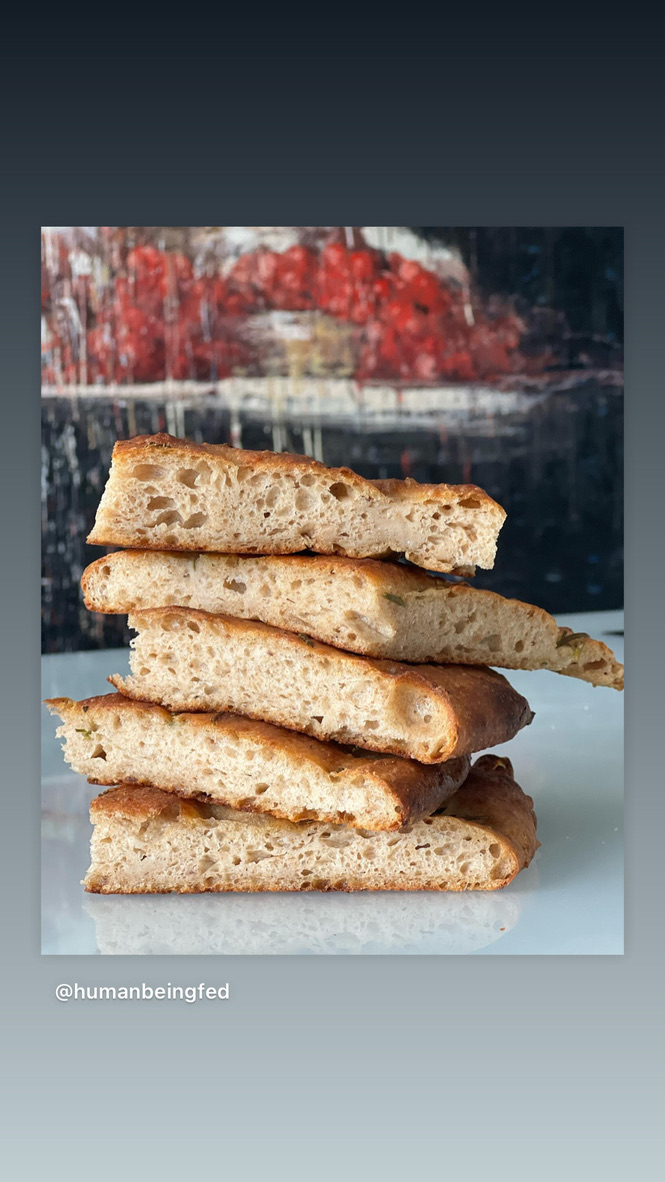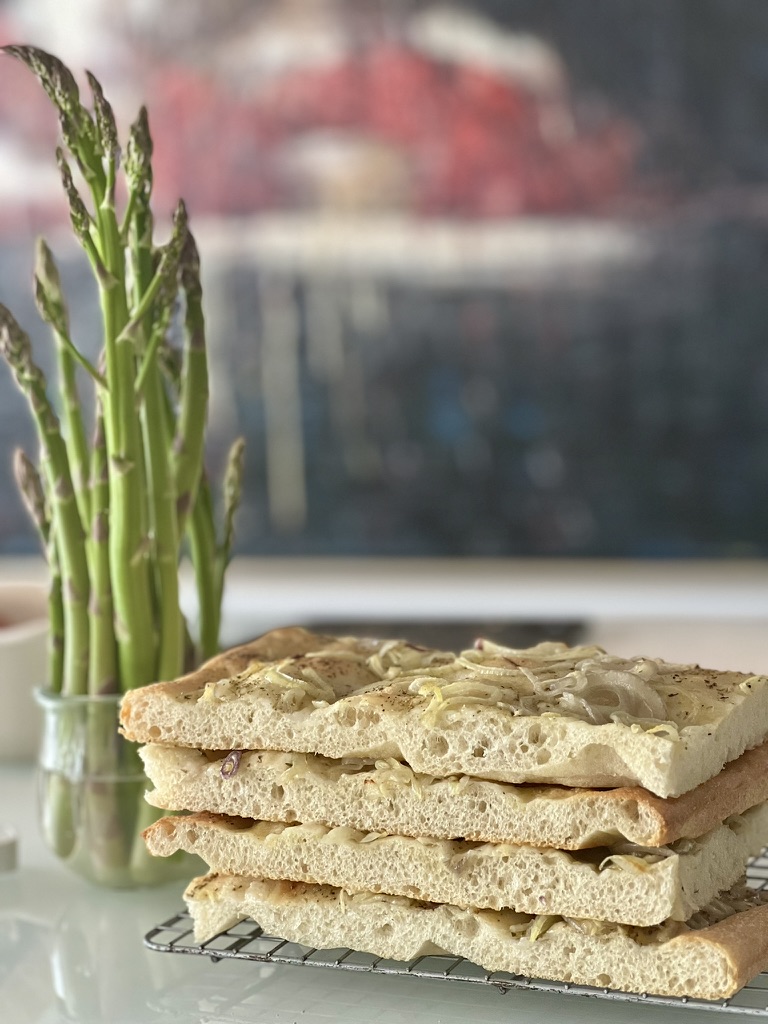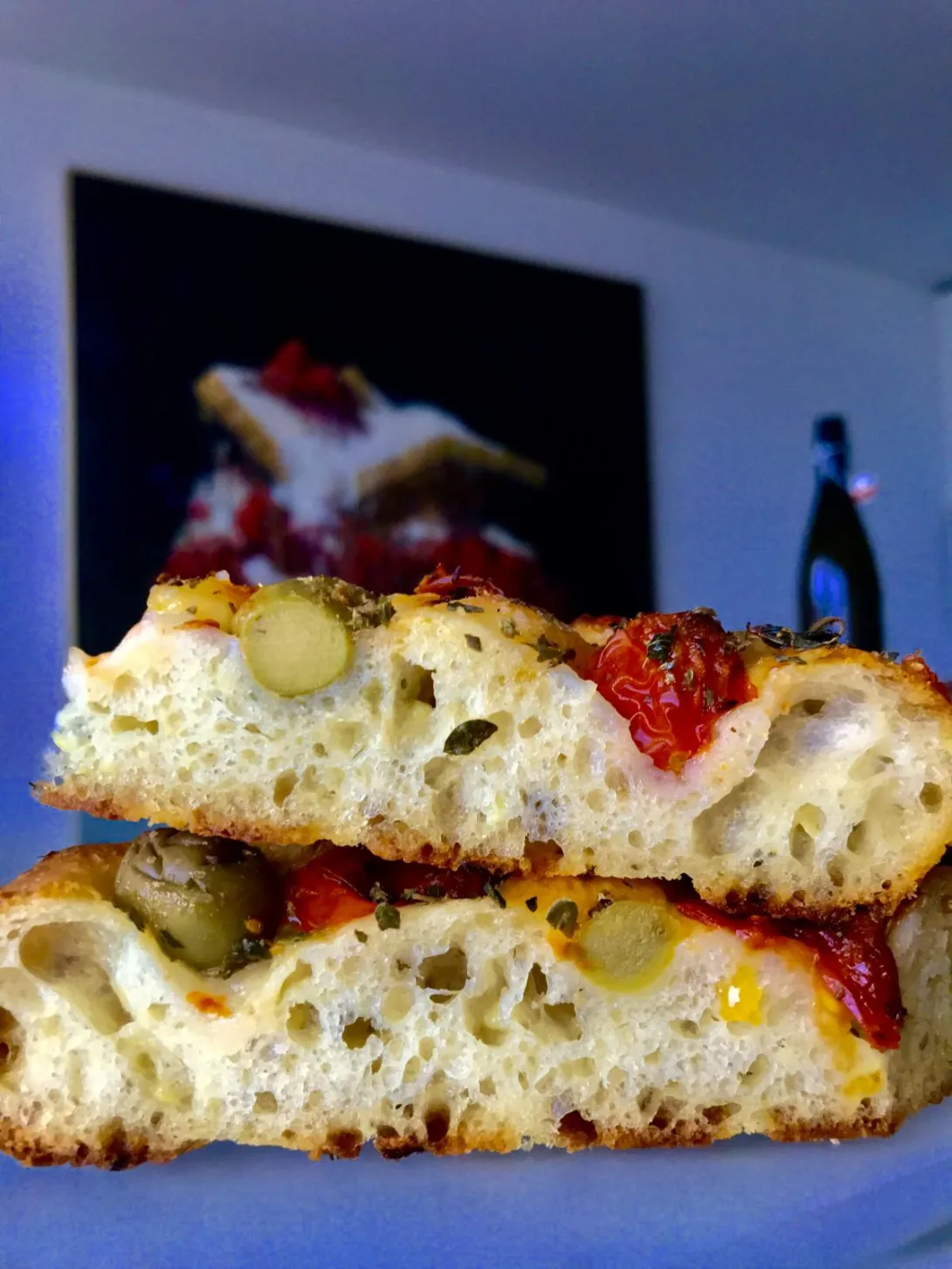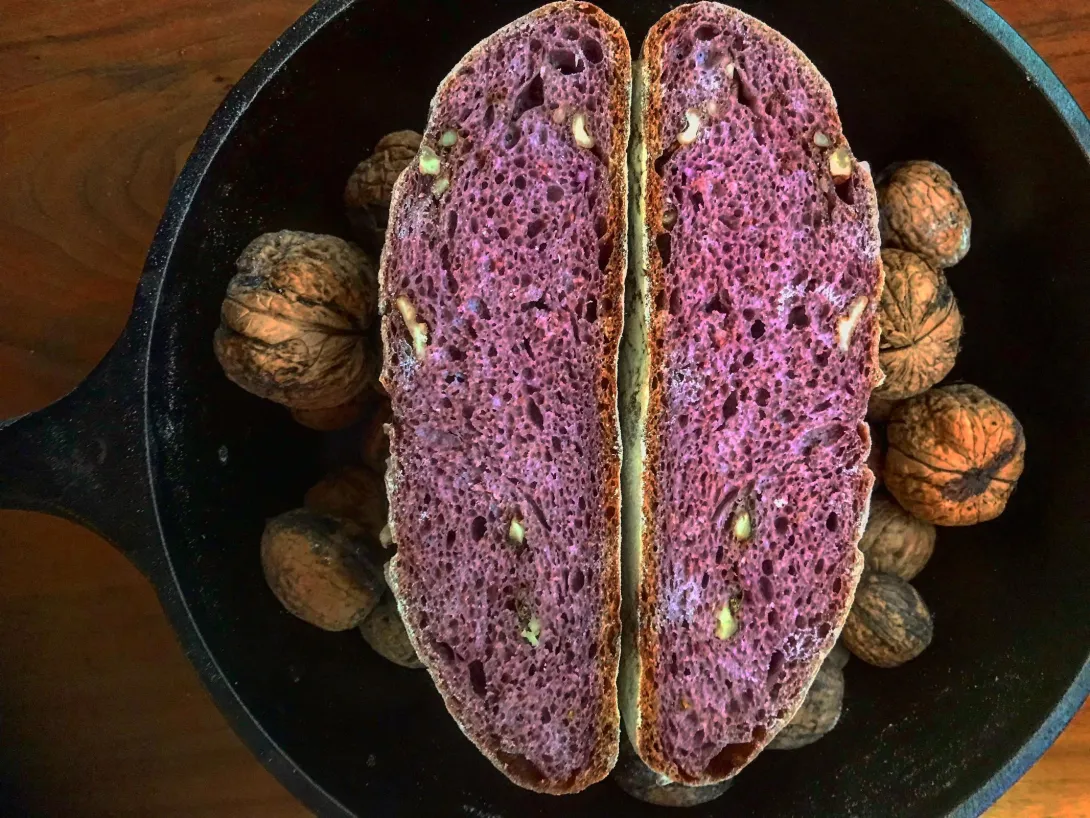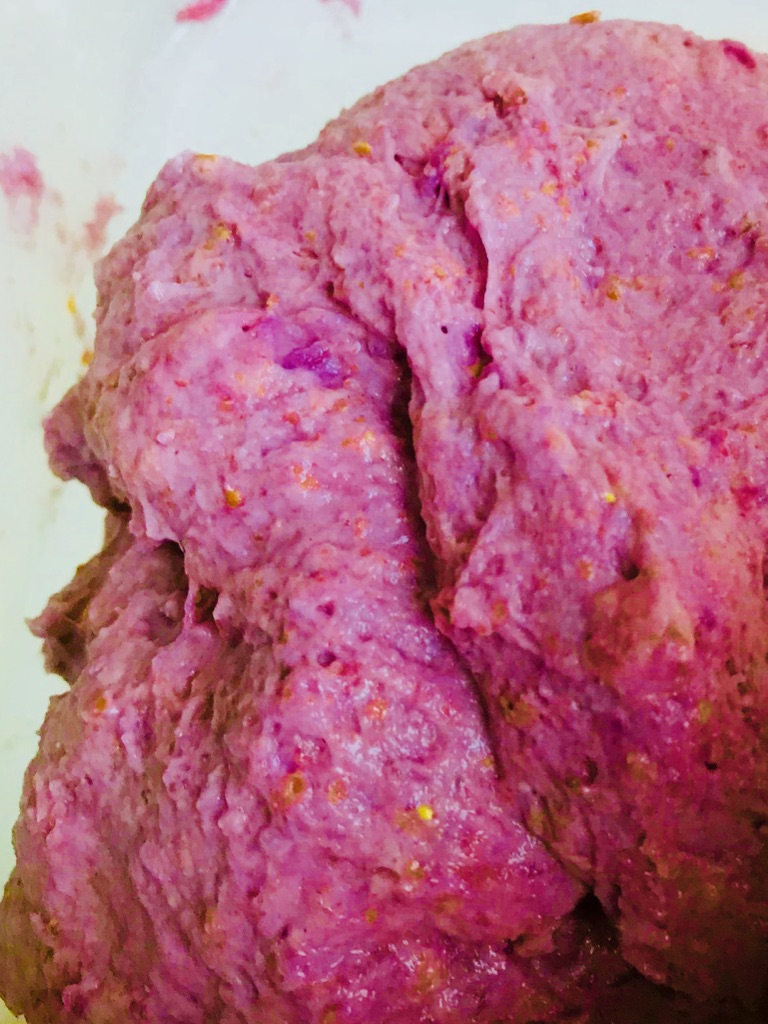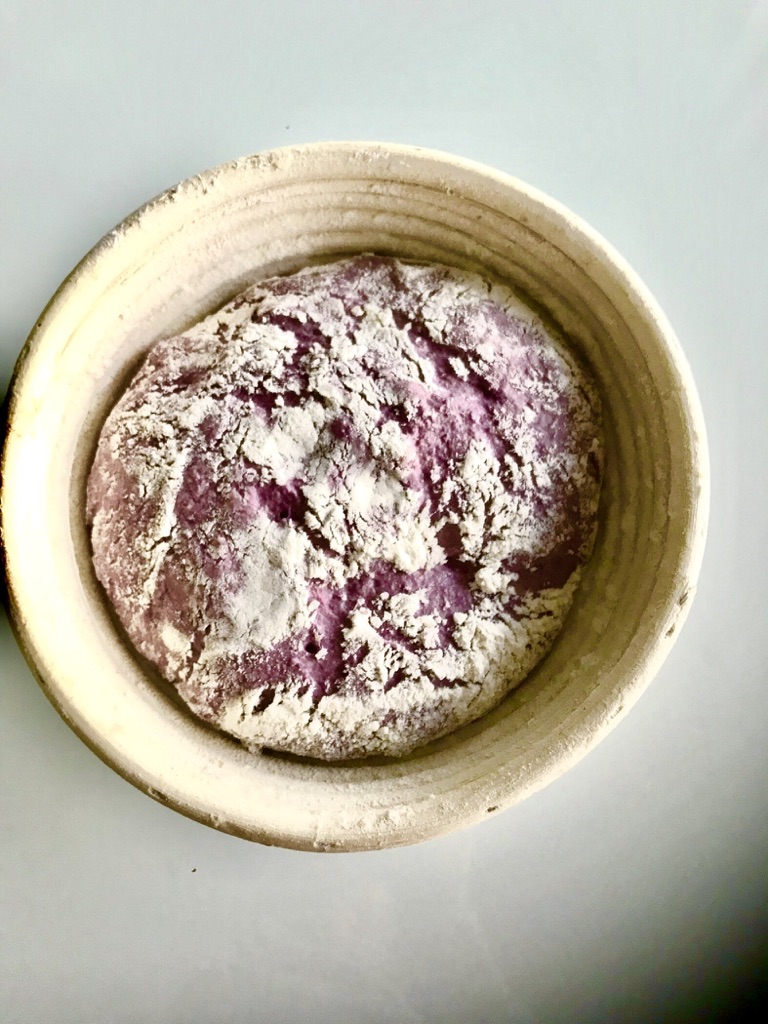SusanMcKennaGrant's blog
Knodelbrot advice needed!!
Advice needed for how to make Knodelbrot from the Alto Adige

SusanMcKennaGrant on 14 Sep 2025 at 06:34
Focaccia Genovese
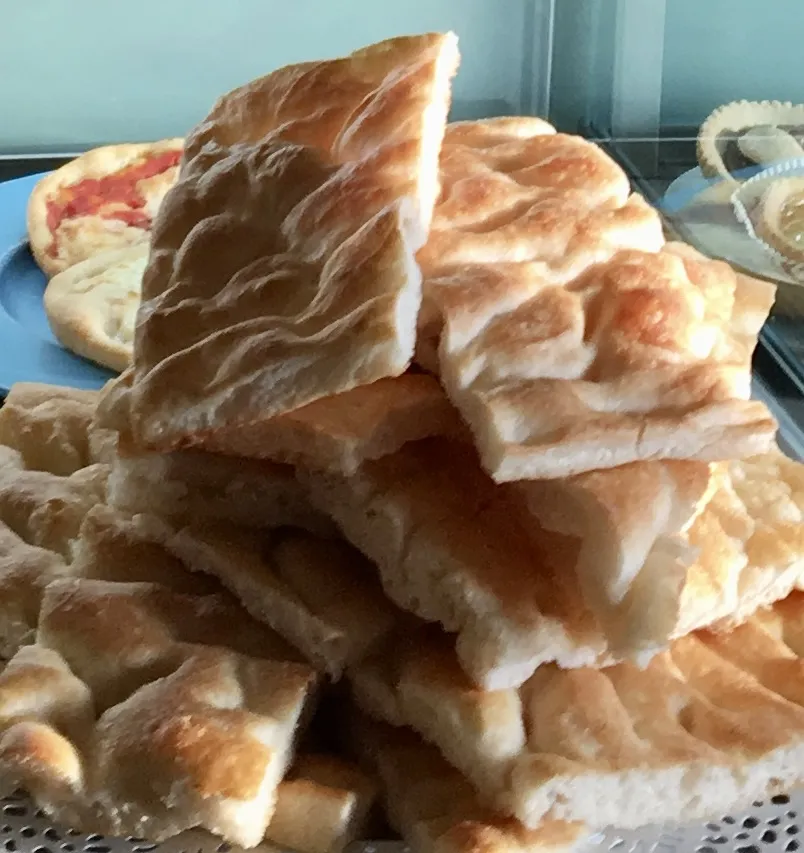
I’ve spent almost half my life now trying to understand this one recipe. I’m 64😱 so that’s a few years. I’m probably going to my grave with this one but here are a few new things I’ve learned recently. Click on the link for the video!
Pucce Leccesi
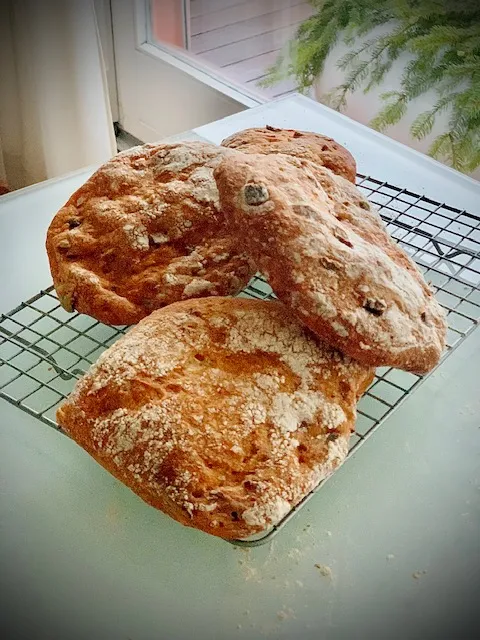
These delicious panini come from the town of Lecce in Puglia and are traditionally made with the excellent semolina rimacinata flour from that region which is famous all over Italy. Stuffed with minced onions and olives they delicious and addictive. Paprika is added to the mix or sometimes tomato paste is used instea). The smells that waft through the room as these bake are out of this world!. Scroll down to see my instagram reel showing how I shape them....
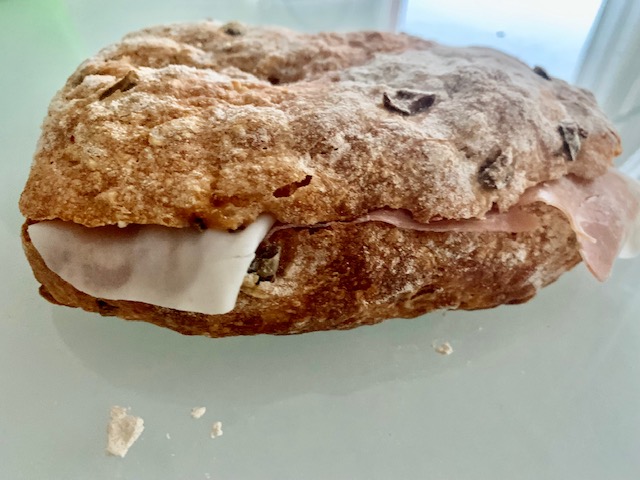
Transforming a boule or batard into other shapes
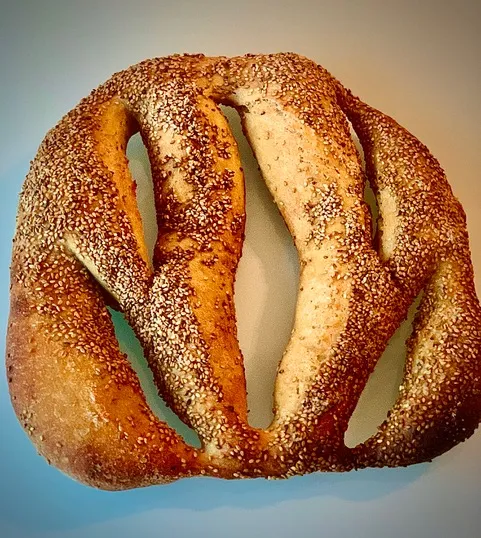
Lately I've been making my favourite winter sourdough. Shorter days and cold weather always seems to call for heartier loaves so I laminate mine with tons of crunchy whole hemp, nori flakes and house made rice or oat koji. I shape these into a boule or batard, retard outside overnight and just before baking smear them with tons of good quality EVOO and kosher salt. Then I bastardize them by turning them into smaller shapes I can freeze. This is mainly so we don't devour an entire loaf in one setting. These breads are somewhat addictive ( if I do say so myself)!
Spontaneous fermentation and yeast water
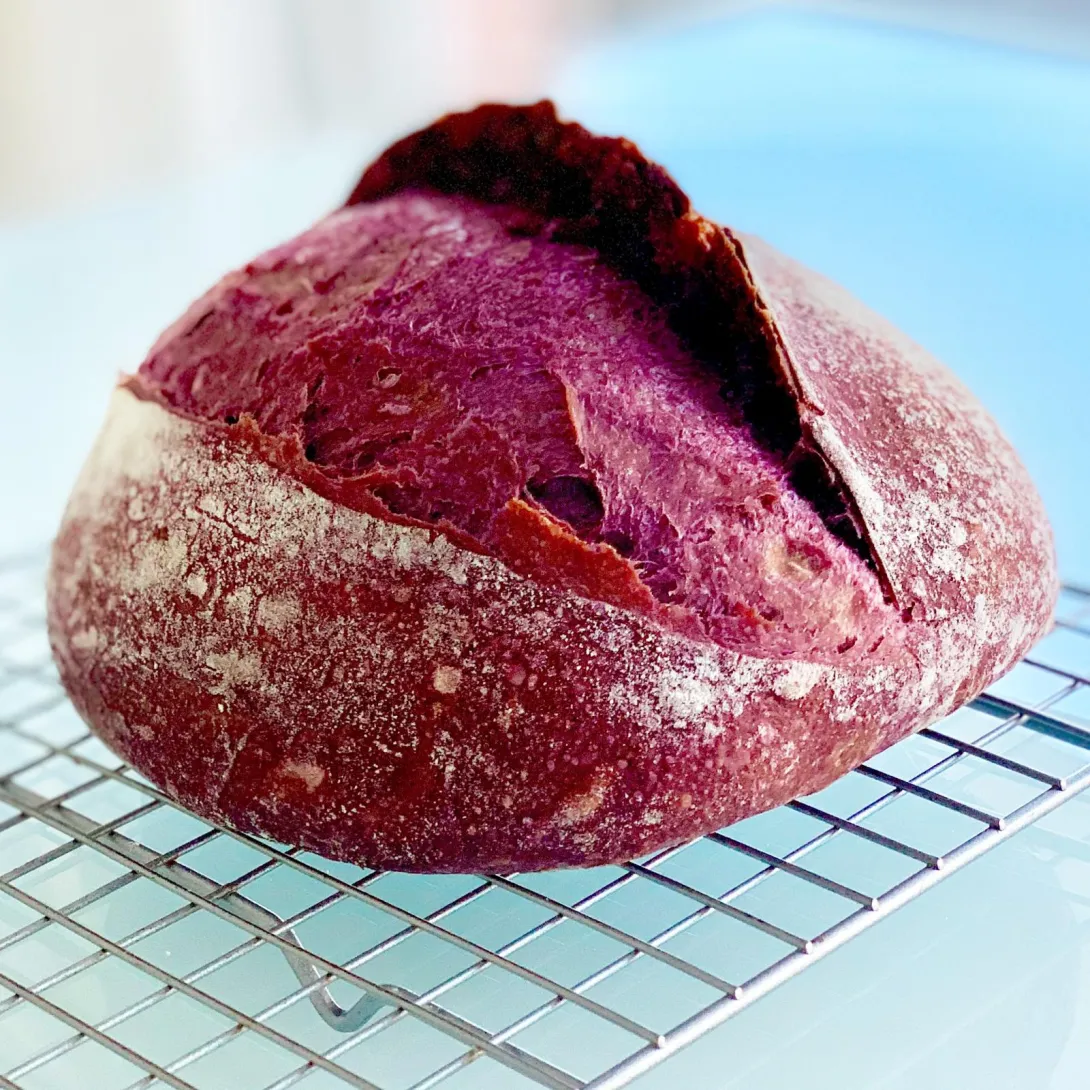
Experimenting with yeast water. A marriage of my passions....wildcrafting, fermenting and ? .direct mix. 80% hydration with wild elderberry fermented water biga.
6 hour bulk, 4 stretch and folds, 6 hour proof
I also made focaccia with the same technique. I discovered this method in a book by the brilliant Italian bakers Carlo di Cristo, Ezio Marinato, Cristian Zaghini and Pierluigi Sapiente
"Le Fermentazioni Spontanee nei prodotti da forno"
A simple sourdough boule
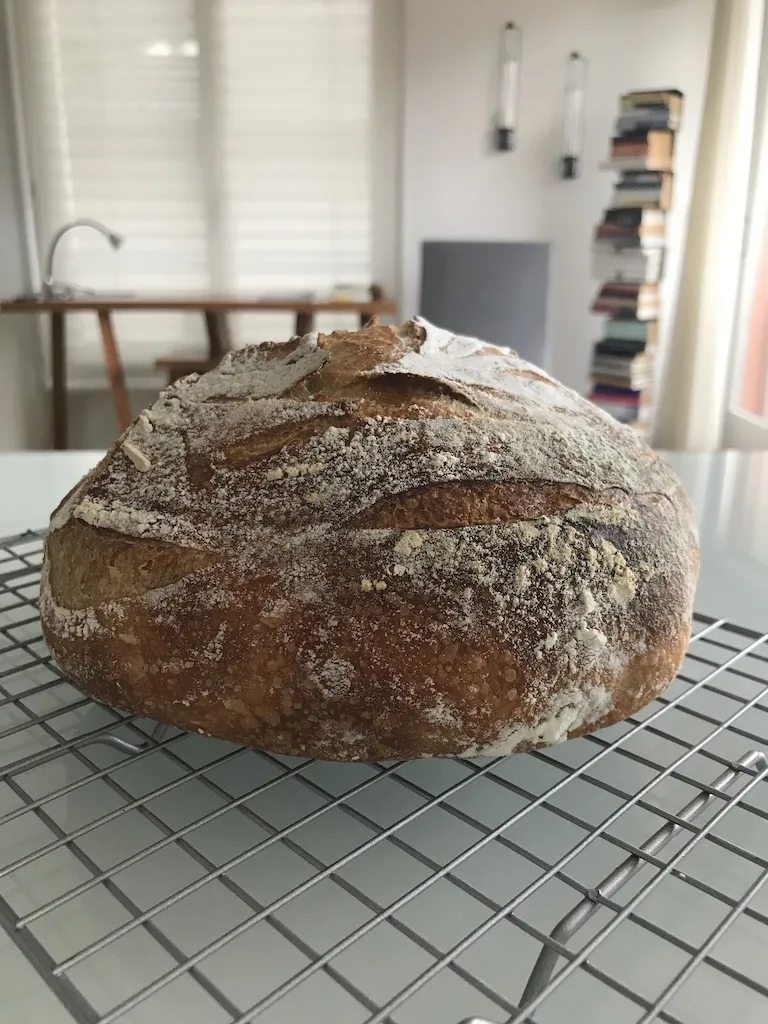
A simple sourdough boule, 65% hydration, 20% liquid levain. I used 100% buratto flour from Mulino Marino and there was no cold fermentation. I figure I've been making some version or other of this loaf now for over 25 years. I guess that means I'm getting old. Hopefully I'm getting better. That's the thing with bread, there is always another loaf and it always has something to teach you. Funny how the simplest things are the most elusive. Happy Monday everyone....
SOURDOUGH BOULE WITH GERMAN TYPE 550 AND ITALIAN FARRO
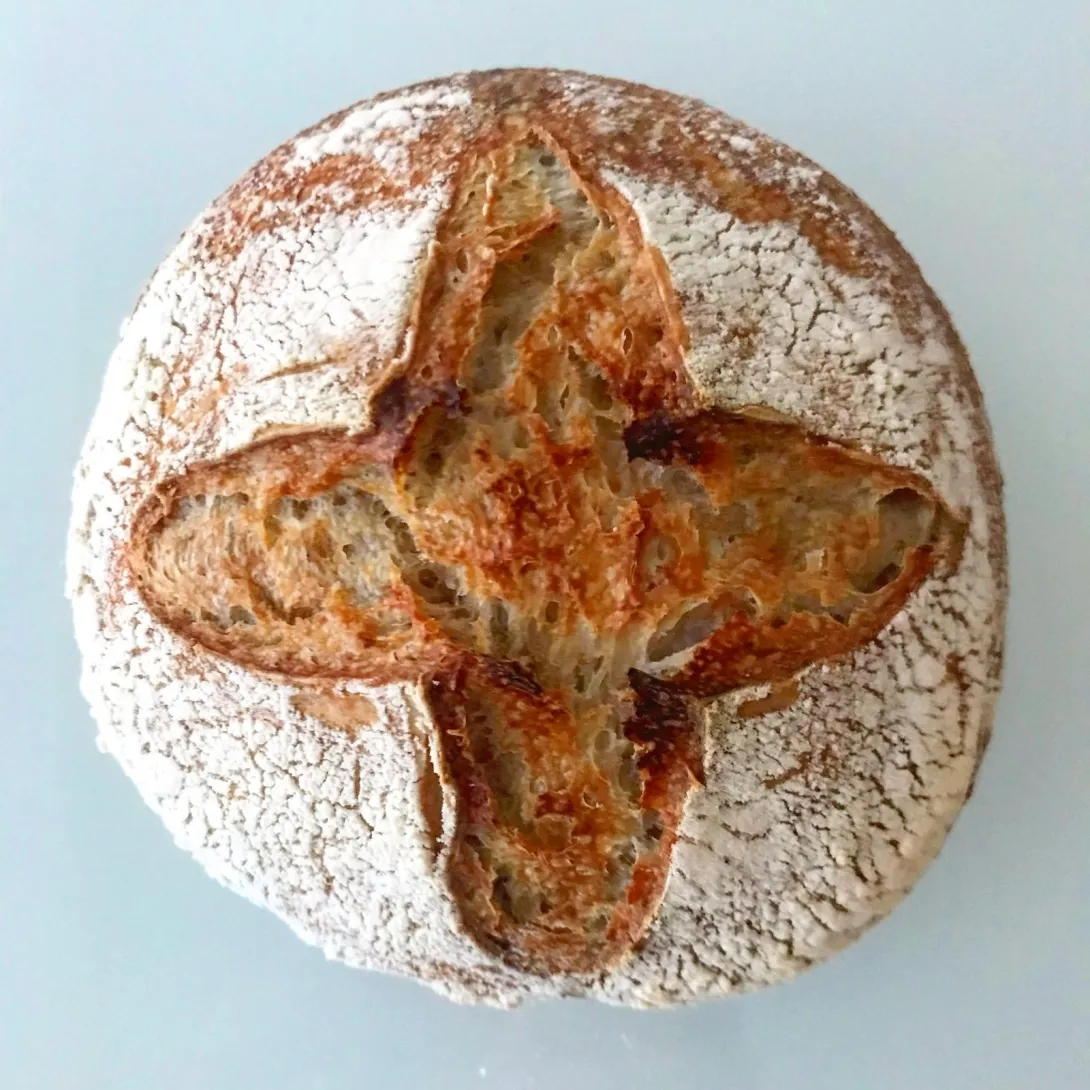
BASIC SOURDOUGH BOULE, 70% HYDRATION, 80% TYPE 550 BIODYNAMIC FLOUR FROM SPIELBERGERMUEHLE AND 20% MACINATO INTERO DI FARRO FROM MULINO MARINO. RETARDED 18 HOURS. BAKED IN A COMBI OVEN ON A BAKING STEEL, WITH THE COMBO COOKER COVER FOR THE FIRST 15 MINUTES.

